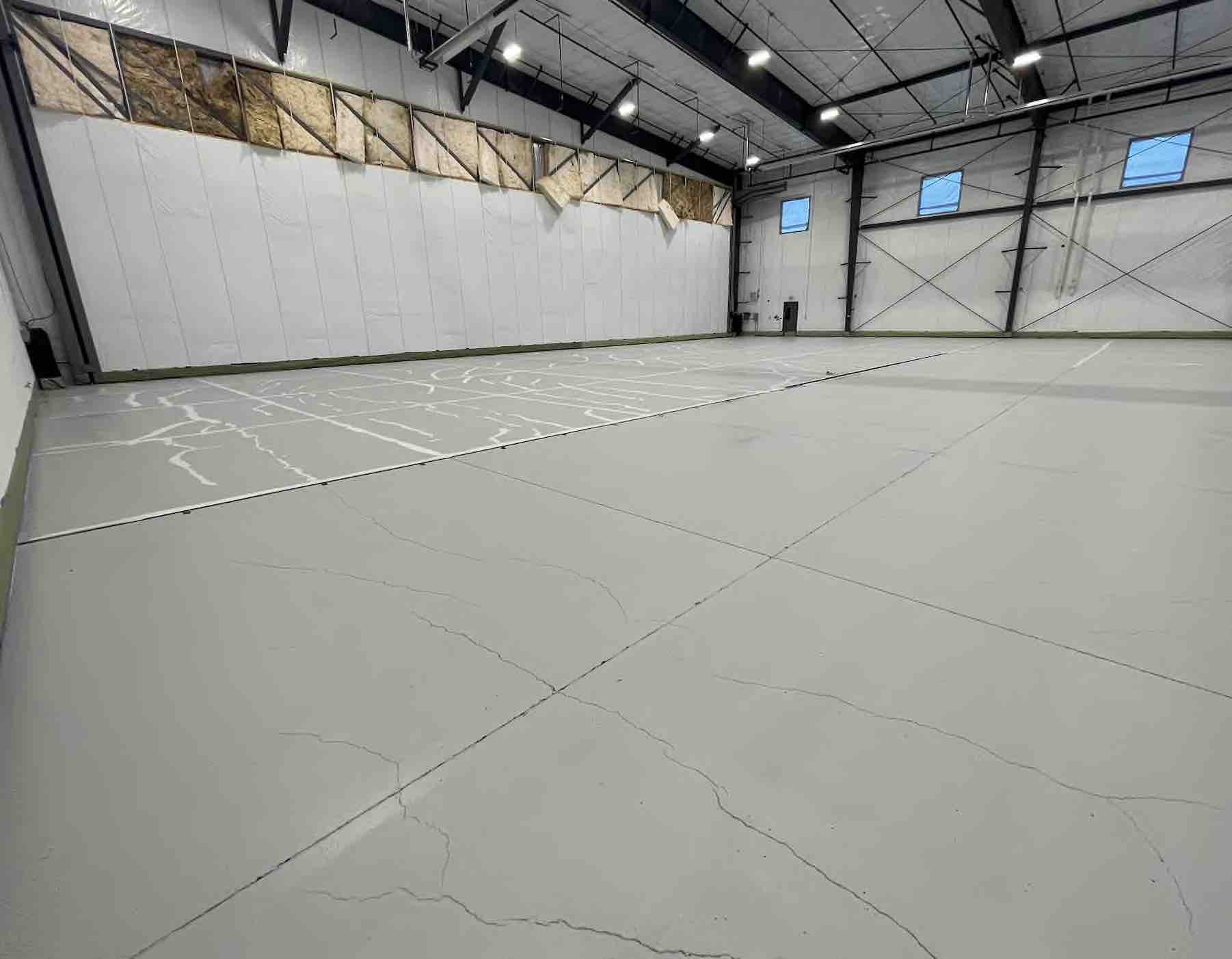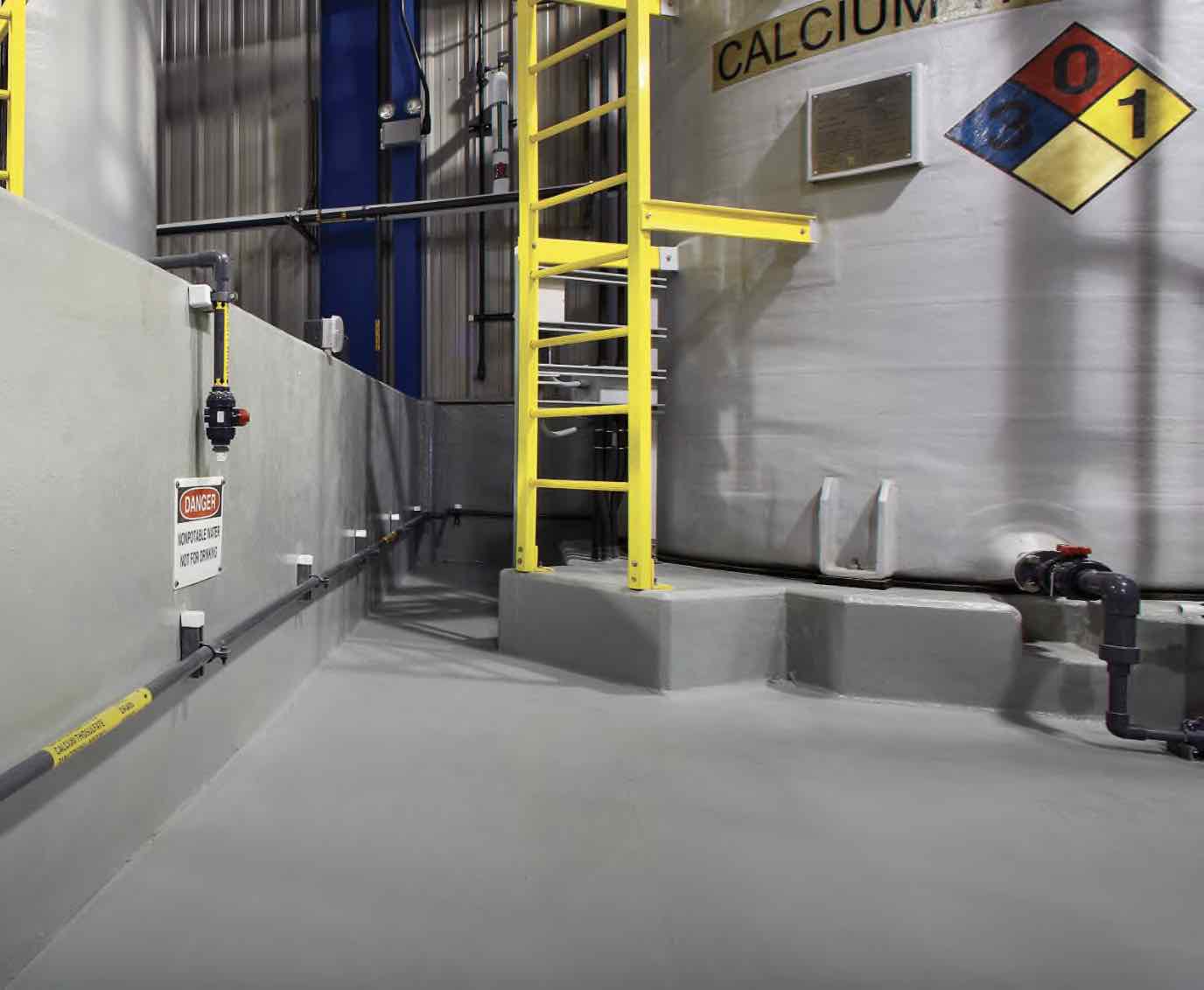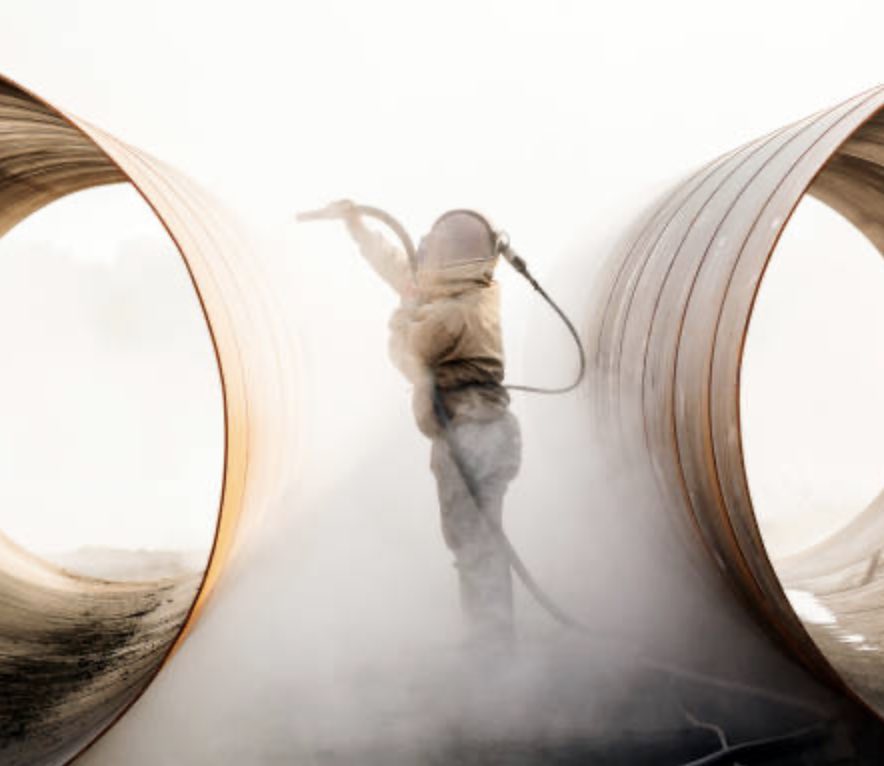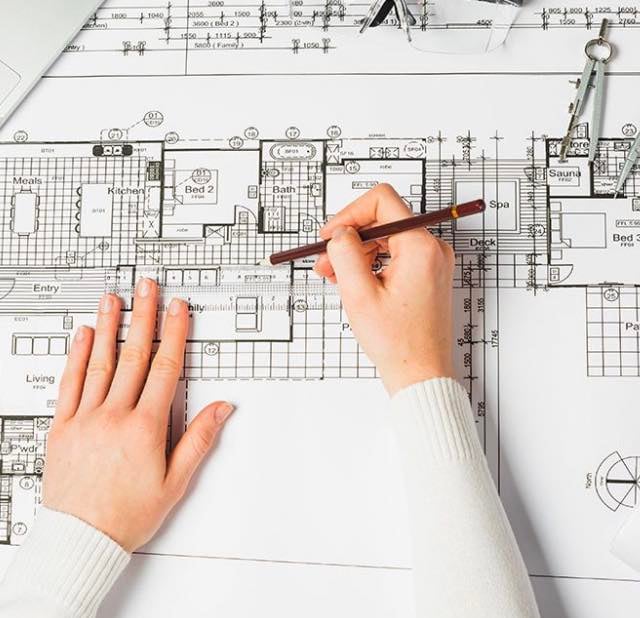
What Should be Considered Before Coating Concrete Floors
Before coating concrete floors, there are several considerations that should be taken into account to ensure a successful application and a durable, long-lasting finish.
- High Performance Coatings
Before coating concrete floors, there are several considerations that should be taken into account to ensure a successful application and a durable, long-lasting finish. Here are some important considerations to keep in mind:
- Surface Preparation: Proper surface preparation is critical to ensure good adhesion of the coating to the concrete surface. Follow International Concrete Repair Institute CSP standards for surface profile requirements. Further, the concrete should be thoroughly cleaned and any cracks, chips, or other surface imperfections should be repaired before applying the coating.
- Moisture Content: The moisture content of the concrete should be tested per ASTM F2170 or ASTM F1869 to ensure that it is within acceptable limits for the coating being applied. If the moisture content is too high, it can cause the coating to delaminate or fail prematurely.
- Application Conditions: The ambient temperature, humidity, and air flow conditions should be considered before applying the coating. The manufacturer's recommended application conditions should be followed to ensure the best results.
- Traffic and Use: The type and frequency of traffic on the concrete surface should be considered when selecting a coating. Heavy traffic areas may require a more durable and abrasion-resistant coating, while areas with exposure to chemicals may require a coating with high chemical resistance.
- Maintenance: The required maintenance of the coating should be considered when selecting a system. Some coatings may require periodic reapplication or touch-up, while others may be more resistant to wear and require less maintenance.
- Cost: The cost of the coating should be considered in relation to the benefits it provides. For example, if the main concern is thermal shock or impact resistance, a 1/4" urethane cement, like Tnemec Series 245, may be necessary. But if the budget is $3.00 per square foot, the performance expectations will not match the budget.
Considering these factors is a good start to ensure that the right coating is selected for the specific application and that the coating will provide the desired performance and longevity. It is always recommended to consult with a High Performance Coatings Consultant for specific recommendations on coating selection and application.
Check out these other resources
Secondary Containment Coatings- What you need to know
Forklift Traffic on Warehouse Floors
Moisture Vapor Transmission Protection for Concrete Floors
Spalling Concrete and How to Fix It
Floor Coatings Are Not Easy to Specify
Selecting the Right Traffic Coating
Concrete Outgassing and How to Prevent It
Selecting Coatings for Secondary Containment
Static Dissipative Floor Coatings
Advantages of Polyurethane Cement Coatings
Exploring Decorative Resinous Flooring Options
UV Resistant Epoxy Floor Coatings
Don't miss these flooring project profiles
Secondary Containment Systems in the Southwest
Manufacturing Facility With Flair
Manufacturing Facility Drum Floors and Walls
Town of Gilbert NWTP Containment

What Coatings Should be Used for Secondary...
Secondary containment coating systems are...

Is Surface Preparation the Most Important Part of...
Surface preparation is critical when using...

What Considerations Should an Architect Make...
Before specifying a high-performance coating,...